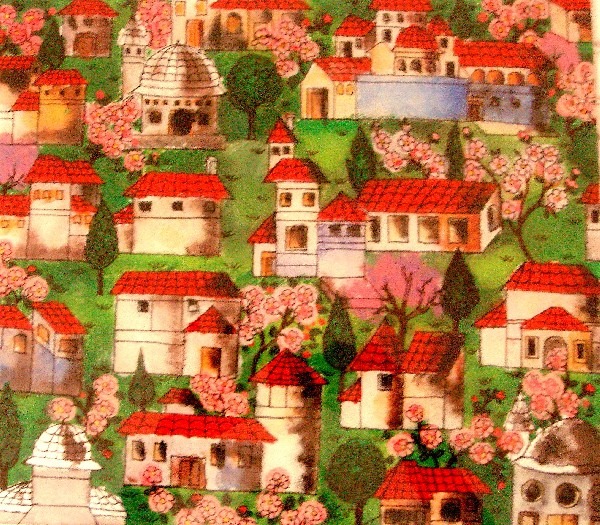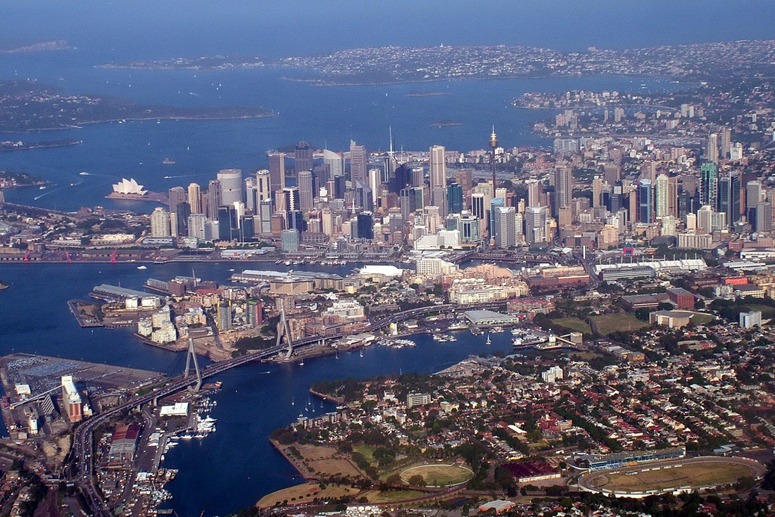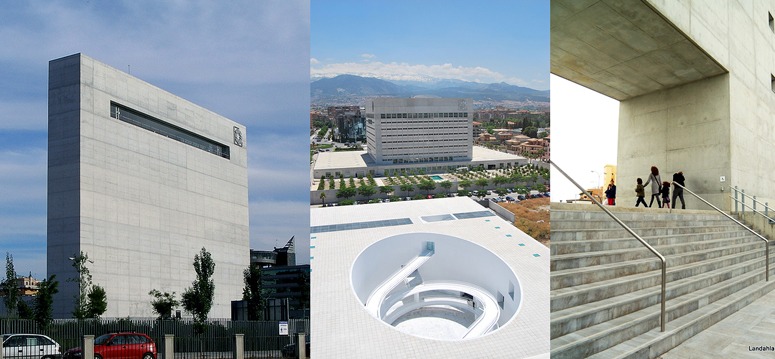Category Archives: Urban Design
High buildings, skyline policy and the creation of a new urban landscapes
I have often noticed, from photographs, that Sydney’s urban landscape looks all the better for the way in which high buildings are clustered in the central business district. If you took the tall buildings in the above photograph and distributed them evenly across the urban landscape, which is rather what London has done with its tall buildings, then you would get an effect like a suburban cemetery but on a larger scale. Or you could compare it to the mouth of a poor old tired horse with large gaps between the rotting teeth.
I think cities should group tall buildings with a view to creating scenic effects and beautifully dramatic skylines. One way of doing this is by drawing roofscape contour plans, in a similar manner to landform contour plans. One could say that it costs no more to group the buildings beautifully than to group them haphazardly, but the grouping would impact on the wishes and desires of individual landowners. So is the idea totally unbusinesslike and unrealistic? Or is it something that cities will need to do in a world when they are competing with each other to become destinations for businesses and tourists and residents?
Patrick Abercrombie drew some interesting diagrams so show the urban morphological choices which, in theory, face urban designers. Underneath his diagrams you can see my idea of what urban roofscape contours might look like – and would look like if someone applied the idea of roofscape mapping to Sydney’s central business district.
Above image courtesy Ingo Meironke Below image courtesy thewamphyri 
The hazards of street photography
 This delightful crocodile of children in a park was glimpsed while cycling to work. As I pressed the button it passed through my mind that one of the teachers might use a mobile phone to call the police to check out on a cycling photographer with an unhealthy interest in children.
This delightful crocodile of children in a park was glimpsed while cycling to work. As I pressed the button it passed through my mind that one of the teachers might use a mobile phone to call the police to check out on a cycling photographer with an unhealthy interest in children.
I rarely spend a day taking photographs in London without being told that the section of street on which I am standing is private property and photography is not allowed. In the rest of the world I can only remember being told not to take photographs on five occasions (including once in Japan and once in China). So London leads the world in something – albeit in a totally wrong direction.
Meanwhile I can guess what the policemen said when they arrested Rebekah Brooks today: ‘We are arresting you on suspicion of bribing us’ (or was it ‘I am arresting you on suspicion of bribing me?’ Rebekah was the chief executive of News International until last Friday. What destinies await these happy children?
And/Or & Both – when more is more.
 It would be unfortunate to lose the distinction between [1] garden design and [2] [3] landscape architecture much as the trend towards [4] interior architecture is actually unfortunate for [5] interior designers. The differences of focus and attention to scale provide a variety of design insights which are not replicated.
It would be unfortunate to lose the distinction between [1] garden design and [2] [3] landscape architecture much as the trend towards [4] interior architecture is actually unfortunate for [5] interior designers. The differences of focus and attention to scale provide a variety of design insights which are not replicated.
Why? Because the rich tradition of garden design is the foundation and a source of inspiration to landscape architecture, to urban design and to city design. In the future we may say more as gardens move from the [6] ground plane to vertical surfaces and [7] roofs. Parc Eduardo VII in [8] the city of Lisbon is an example of the axis and hedges of gardens informing the structuring of city vistas.
There is much to be said for the process of abstraction. Landscape architects, arguably coming into being with the [9] English landscape tradition, have evolved a language and way of working of their own, which is continually evolving. Viva la difference!
Image courtesy Artifolio
White elephant museum in Granada
It is nice for Granada to have a Museum of Memory designed by Alberto Campo Baeza. The idea for the Cultural CajaGRANADA Memoria de Andalucía was to mimic the much un-loved courtyard of the Palace of Charles V in the Alhambra, ‘to which it pays aesthetic tribute’. The only review on Tripadvisor says ‘I’d rather have a tour of Granada see something interesting’. The design has a sculptural quality but, in sharp contrast to the old buildings on the Alhambra plateau ignores garden and landscape considerations. History should speak. This is a dumb project – can anyone think of a better use for the building? I suggest healthcare. They should have wrapped the museum round a beautiful garden cafe. Images courtesy Landahlaut and José Agustín
Understanding density?
Density is much more complex than its seems. U-Thant 7 Residences in Malaysia are described as luxury “low density condominiums.” In terms of their built form they would usually be considered a medium density form of living. The context, however, is more typical of low density or even rural or semi-rural settings with a formal park-like foreground setting and a natural background setting.
Undoubtably there are many more examples of this kind. The Cultural Centre design by Paul Eluard in Cugnaux, France attempts to address the contemporary needs of an historical low density city within the landscape.
Dublin is considered to be a low density city. The economic challenges it faces and the resulting contemporary waves of youth emigration suggests that Dublin may remain low density for some time into the future.
So, are we really viewing a population redistribution in global terms with some areas de-populating and others re-populating or increasing in population? What does this trend suggest for the future of our cities, for greenspaces and for wilderness?




